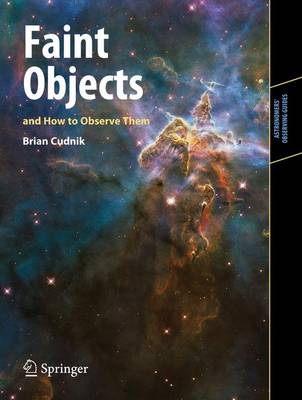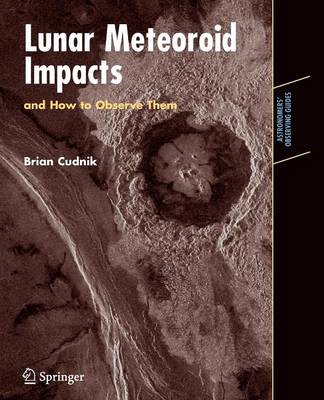Astronomers' Observing Guides
2 total works
Faint Objects and How to Observe Them is for visual observers who are equipped with a 10-inch or larger astronomical telescope and who want to "go deep" with their observing. It provides a guide to some of the most distant, dim, and rarely observed objects in the sky, supported by background information on surveys and objects lists - some familiar, such as Caldwell, and some not so familiar. This book not only provides a wealth of experience compiled from several sources, but it also gives an historical background to surveys whose names may or may not be familiar to most amateur astronomers. Finally, it includes a listing of the many galaxy clusters out there, from "nearby" ones such as Stefan's Quintet to some of the most distant groups observable through the largest telescopes.
The genesis of modern searches for observable meteoritic phenomena on the Moon is the paper by Lincoln La Paz in Popular Astronomy magazine in 1938. In it he argued that the absence of observed fashes of meteoritic impacts on the Moon might be interpreted to mean that these bodies are destroyed as luminous meteors in an extremely rarefed lunar atmosphere. The paper suggested the possibility of systematic searches for such possible lunar meteors. With these concepts in mind, I was surprised to note a transient moving bright speck on the Moon on July 10, 1941. It appeared to behave very much as a lunar meteor would – except that the poorly estimated duration would lead to a strongly hyperbolic heliocentric velocity. Thus, the idea of systematic searches for both p- sible lunar meteors and meteoritic impact fashes was born. It was appreciated that much time might need to be expended to achieve any positive results. Systematic searches were carried out by others and myself chiefy in the years 1945–1965 and became a regular program at the newly founded Association of Lunar and Planetary Observers, or ALPO.

